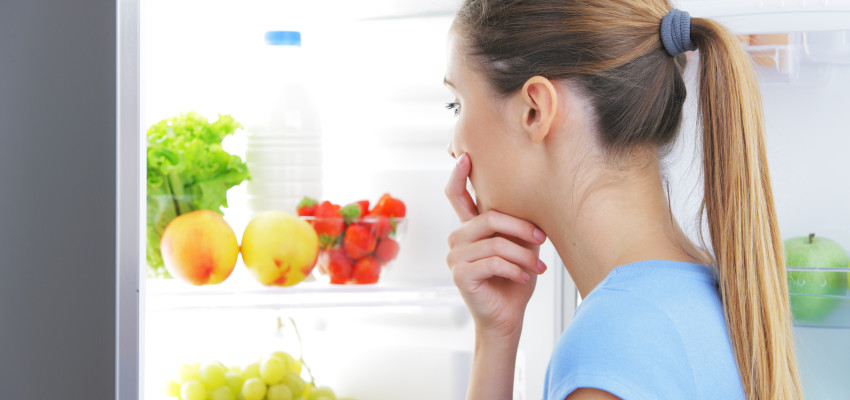By Karen Hanson on August 24, 2016
Karen's Tips
Healthy, delicious and safe freezer-meal prep

FOODS THAT FREEZE BEST
- Uncooked proteins such as beef, chicken, pork and fish
- Fresh carrots, root vegetables, zucchini, squash, onions and celery
- Bread, rice and pasta (cooked or uncooked)
UNFRIENDLY FREEZER FOODS
- Freezing is a great make-ahead strategy, but it doesn’t work for all foods.
- Gravies and sauces thickened with cornstarch or flour will separate during the freezing process. You can freeze an unthickened sauce, and then add thickeners after thawing.
- Fruits and vegetables with a high water content, such as lettuce and watermelon, will become limp and soggy when thawed.
- Cooked potatoes develop a gritty texture when frozen.
- Fully cooked pasta may become mushy once reheated. Slightly undercook pasta before freezing it.
- Some dairy products, such as yogurt, sour cream, milk and light cream, will separate when frozen.
CHILL COOKED FOODS
To keep food safe, cool your freshly cooked dishes quickly before freezing. Putting foods that are still warm in the freezer can raise the temperature, causing surrounding frozen items to partially thaw and refreeze, which can alter the taste and texture of some foods. Place food in a shallow, wide container and refrigerate uncovered until cool. To chill soup or stew even faster, pour it into a metal bowl and set in an ice bath — a larger bowl filled halfway with ice water. Stir occasionally. For stews, braises or other semi-liquid dishes with some fat content, chill completely, and then skim the fat from the top before freezing. Fat spoils over time in the freezer and shortens a dish’s frozen shelf life.
STORE FOODS PROPERLY
Avoid freezer burn by using moisture-proof ziptop plastic bags and wrap. Remove the air from bags before sealing. Store soups and stews in double freezer bags, which can be placed flat and frozen quickly. Soups and stews also freeze well in plastic containers; just be sure to leave at least a one-inch air space on top for expansion. Store foods in small servings, no more than one quart, to help them freeze quickly. This also allows you to defrost only what you need. To wrap casserole-type dishes, use plastic wrap and foil for an extra secure wrap that won’t allow air into the dish. Use a permanent marker to label each container with the name of the dish, volume or weight if you’ve measured it, and the date you put it in the freezer.
FREEZE FOODS QUICKLY
The quicker food freezes, the better its quality once thawed. Do not crowd the freezer — arrange containers in a single layer in the freezer to allow enough room for air to circulate around them so food will freeze rapidly. In contrast, food that freezes slowly forms large ice crystals that may turn the food mushy. Use a freezer thermometer to ensure that your unit remains at 0° or below.
DEFROST AND ENJOY!
Defrost food in the refrigerator, in the microwave or under cold running water. The preferred method is to plan enough time for the food to defrost in the refrigerator — roughly five hours per pound. To avoid the risk of contamination, never defrost food at room temperature.


